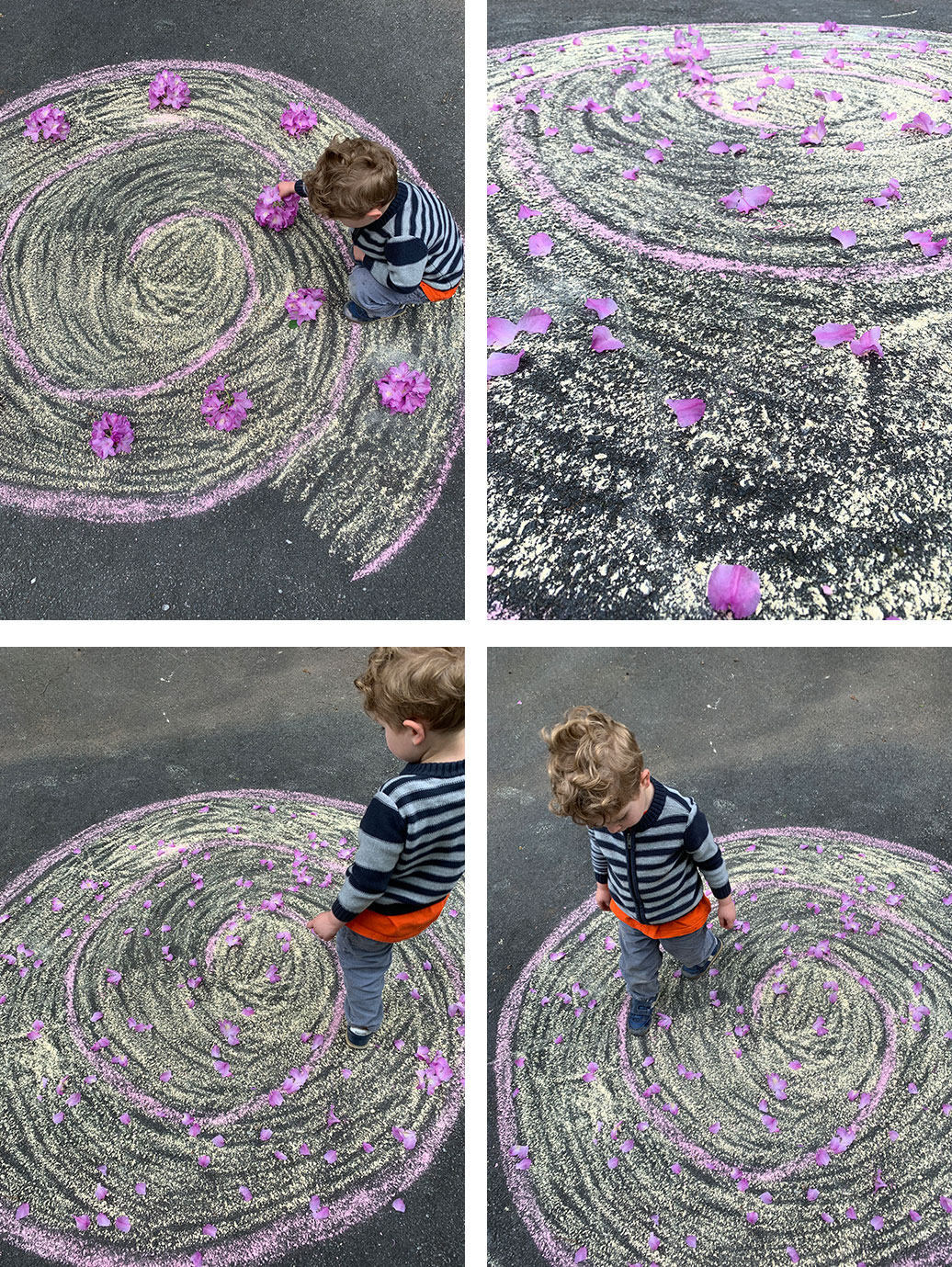Look
Introduce The Cathedral by Auguste Rodin by looking at the artwork, asking the following questions, and sharing the below information:
How do you feel when you look at this sculpture? What does the sculpture make you think about?
This is a sculpture of two right hands, where the same person’s hand is used twice. Why do you think Rodin would make this sculpture from two right hands that are exactly the same? The artist Auguste Rodin was fascinated by hands and thought they were powerful tools of expression and emotion.
What does it look like to use just your hands to show emotion? How do you show mad? Happy? Excited? Encourage the students to move their hands to convey different emotions.
What emotion might the hands in this sculpture be sharing with us? Can you make your hands into the same pose? How does it make you feel?
Mindful Breathing with Gratitude
Share the following information with students, create a class gratitude list, and lead them in the meditation exercise:
This sculpture can remind us of people pressing their hands together in meditation or reaching towards another with gratitude. Ask students what gratitude means to them and what makes them feel grateful. Make a class gratitude list.
Explain to students that they will practice gratitude in their hearts and minds through mindful meditation. Mindful meditation is when you focus all of your head, heart, and body on one thing.
Read ABC Mindful Me by Christiane Engel. (This is an age appropriate introduction to mindfulness, meditation, gratitude, and kindness with playful illustrations.)
Tell students to press the palms of hands together and bring hands to their heart. Invite them to picture in their minds something from their class gratitude list. Inhale, silently saying the word “thank,” and then exhale, silently saying the word “you.”
Repeat three times.
Gratitude Meditation Walk
Share the below information with students and help them make their own gratitude path:
The shape of the two hands in Rodin’s The Cathedral and the space in between looks like the inside of a Gothic cathedral. A cathedral is a spiritual place for people to pray, think, and meditate. Here are pictures of the Chartres Cathedral in France, one of the cathedrals Rodin visited and admired.
On the floor of the Chartres Cathedral there is a circular winding path called a labyrinth. As people walk this path they use their mind, body, and heart in meditation and prayer.
Go outside and work together in small groups to draw (or color) a few labyrinths (or spirals) using sidewalk chalk. Encourage students to call them ‘gratitude paths.’ As students walk on the path, ask them to hold an image in their mind of someone or something that makes them feel grateful.

Extension Activities:
